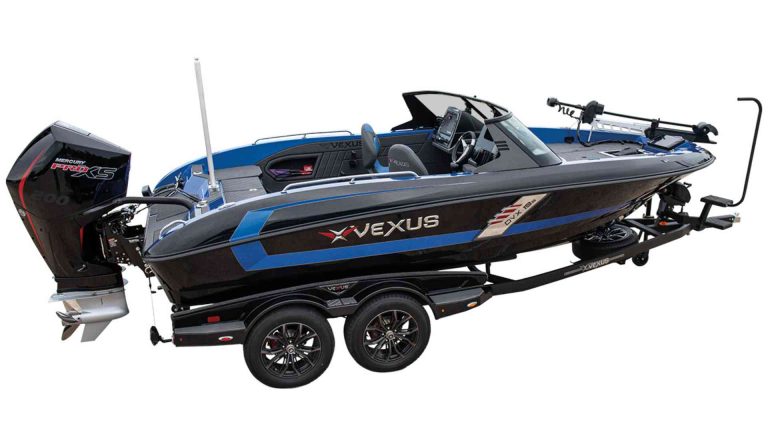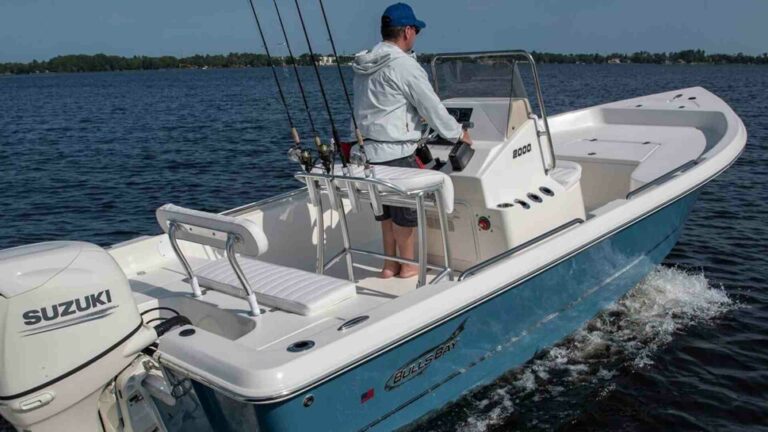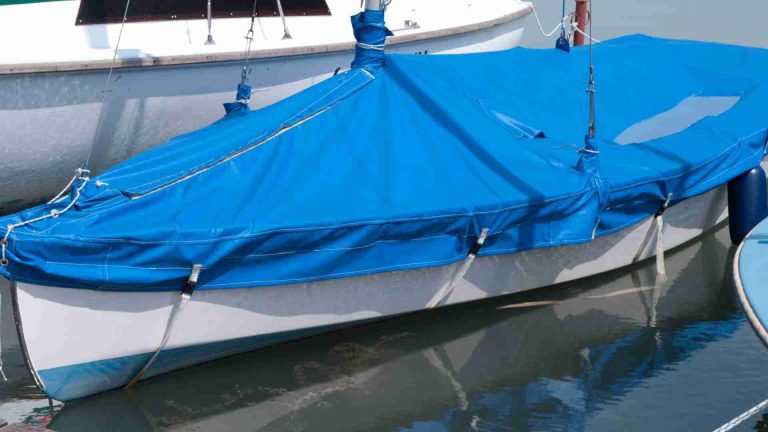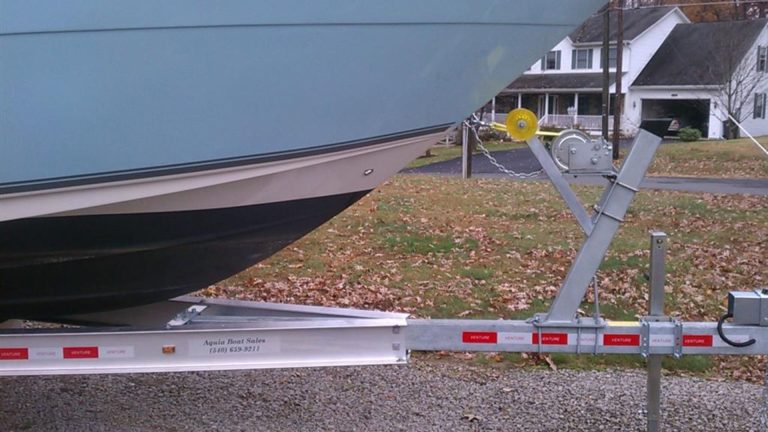Why Is Lake Erie So Rough to Sail: Exploring the Factors
Lake Erie is a renowned sailing destination nestled among the Great Lakes in North America. Its expansive waters, scenic beauty, and vibrant boating community make it a favored spot for sailors of all levels of experience. However, Lake Erie is often associated with the reputation of being rough and challenging to sail. In this article, we will explore the various factors that contribute to the rough conditions on Lake Erie, shedding light on why it can be a formidable yet thrilling experience for sailors.
Sailing on Lake Erie is a unique endeavor that demands skill, preparedness, and an understanding of the lake’s characteristics. The perception of Lake Erie’s roughness arises from a combination of geographical, meteorological, and environmental factors that shape its sailing conditions. By exploring these factors, we aim to provide a deeper understanding of why Lake Erie can present such formidable challenges to sailors and how they can navigate its waters with confidence.
So, join us as we dive into the reasons behind Lake Erie’s reputation for rough sailing conditions. Whether you’re a seasoned sailor or planning your first adventure on this magnificent lake, this article will equip you with insights that will enhance your understanding of Lake Erie’s unique sailing environment. Let’s set sail on this voyage of exploration and unravel the secrets of Lake Erie’s rough waters.
Lake Erie’s Geography and Weather Patterns
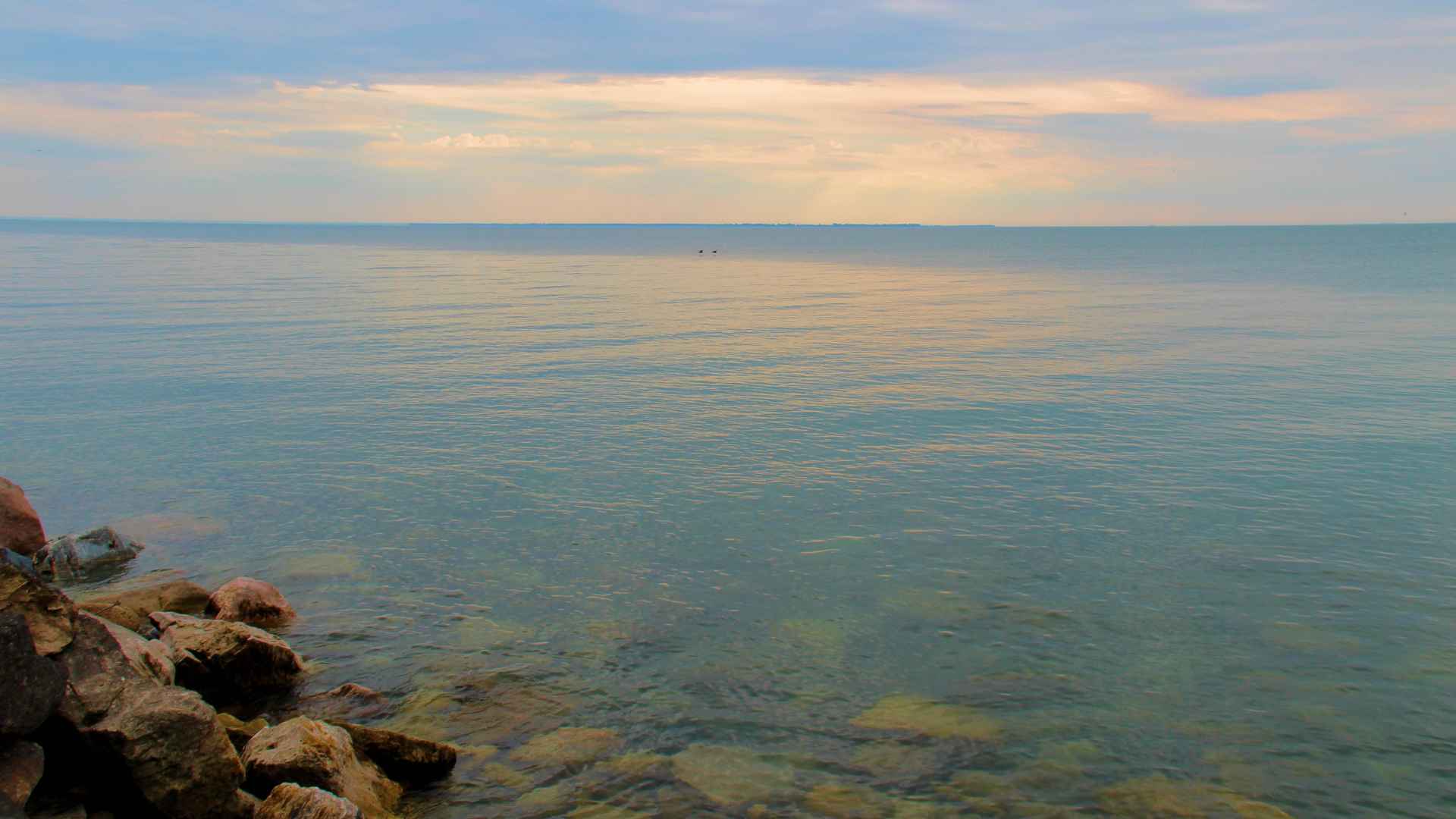
Lake Erie’s unique geography and weather patterns play a significant role in the formation of rough sailing conditions.
Here are the key factors to consider:
- Shallow Depth and Small Size: Compared to its neighboring Great Lakes, Lake Erie is the shallowest with an average depth of about 62 feet (19 meters) and a maximum depth of around 210 feet (64 meters). Its relatively shallow depth, combined with its smaller size, makes it more prone to rapid wave development and choppier conditions. The shallow waters of Lake Erie allow waves to build up quickly and can result in steep, close-together wave formations, which can be challenging for sailors to navigate.
- Exposure to Wind Patterns: Lake Erie’s location and orientation expose it to prevailing wind patterns, contributing to the rough sailing conditions experienced on the lake. The lake is positioned east-west, which allows winds to blow unobstructed across its long axis. Westerly winds, such as the prevailing westerlies and prevailing southerlies, have the potential to generate significant wave action due to the lake’s shallow depth and long fetch (the distance over which the wind blows uninterrupted over the water surface). These winds can create powerful waves that can make sailing conditions challenging, particularly on the open stretches of the lake.
- Susceptibility to Sudden Weather Changes: Lake Erie is known for its susceptibility to sudden weather changes, which can further intensify the rough sailing conditions. The lake’s relatively small size makes it more responsive to weather systems passing over it. Cold fronts, thunderstorms, and other weather phenomena can move across the lake swiftly, leading to rapid shifts in wind direction, intensity, and wave height. Sailors on Lake Erie must be prepared for unpredictable weather changes and be attentive to updated forecasts and local weather conditions to ensure safety on the water.
Lake Erie’s combination of shallow depth, exposure to wind patterns, and vulnerability to sudden weather changes creates an environment where rough sailing conditions can frequently occur. However, understanding and respecting these factors can help sailors prepare accordingly and navigate Lake Erie’s waters with confidence. In the next section, we will explore the dynamics of wind and waves on the lake and their contribution to the rough sailing conditions.
How Wind and Wave Dynamics Effects to the Rough Sailing Conditions on Lake Erie?
Lake Erie’s prevailing wind patterns and the lake’s shallow nature contribute to the formation of significant waves that make sailing conditions challenging. Here’s an exploration of these factors:
Prevailing Wind Patterns:
Lake Erie experiences a variety of wind patterns, but two prevailing winds have a significant impact on wave generation: westerly winds and southerly winds. Westerly winds, such as the prevailing westerlies, blow from the west across the lake’s long axis. Southerly winds, including the prevailing southerlies, blow from the south. These winds have a long fetch, allowing them to build up considerable energy as they traverse the relatively shallow waters of Lake Erie.
Creation of Significant Waves:
Lake Erie’s shallow nature amplifies the effects of wind on wave generation. When strong westerly or southerly winds blow across the lake, they create a long fetch over the shallow water.
As wind energy transfers to the water’s surface, it generates waves. The shallowness of Lake Erie restricts the wave development, resulting in shorter wave periods and steeper wave heights. This characteristic can lead to rough, choppy conditions with closely spaced waves, making sailing more challenging and potentially uncomfortable.
Impact of Wave Fetch:
Wave fetch, the distance over which wind blows uninterrupted over the water, significantly affects the size and intensity of waves on Lake Erie. The longer the fetch, the more energy wind can transfer to the water, resulting in larger and more powerful waves. Due to Lake Erie’s east-west orientation and its long fetch potential, westerly winds and southerly winds can generate substantial waves that pose challenges for sailors.
Understanding the prevailing wind patterns and the interaction between wind and wave dynamics is crucial for sailors on Lake Erie. It allows them to anticipate rough conditions and make informed decisions about when and where to sail. Monitoring weather forecasts and paying attention to wind direction and speed can help sailors assess the potential wave conditions and adjust their plans accordingly.
In the next section, we will explore the unique seiche phenomenon that can further impact wave behavior and intensify the rough sailing conditions on Lake Erie.
Influence of Seiche Phenomenon to the Rough Sailing Conditions on Lake Erie.
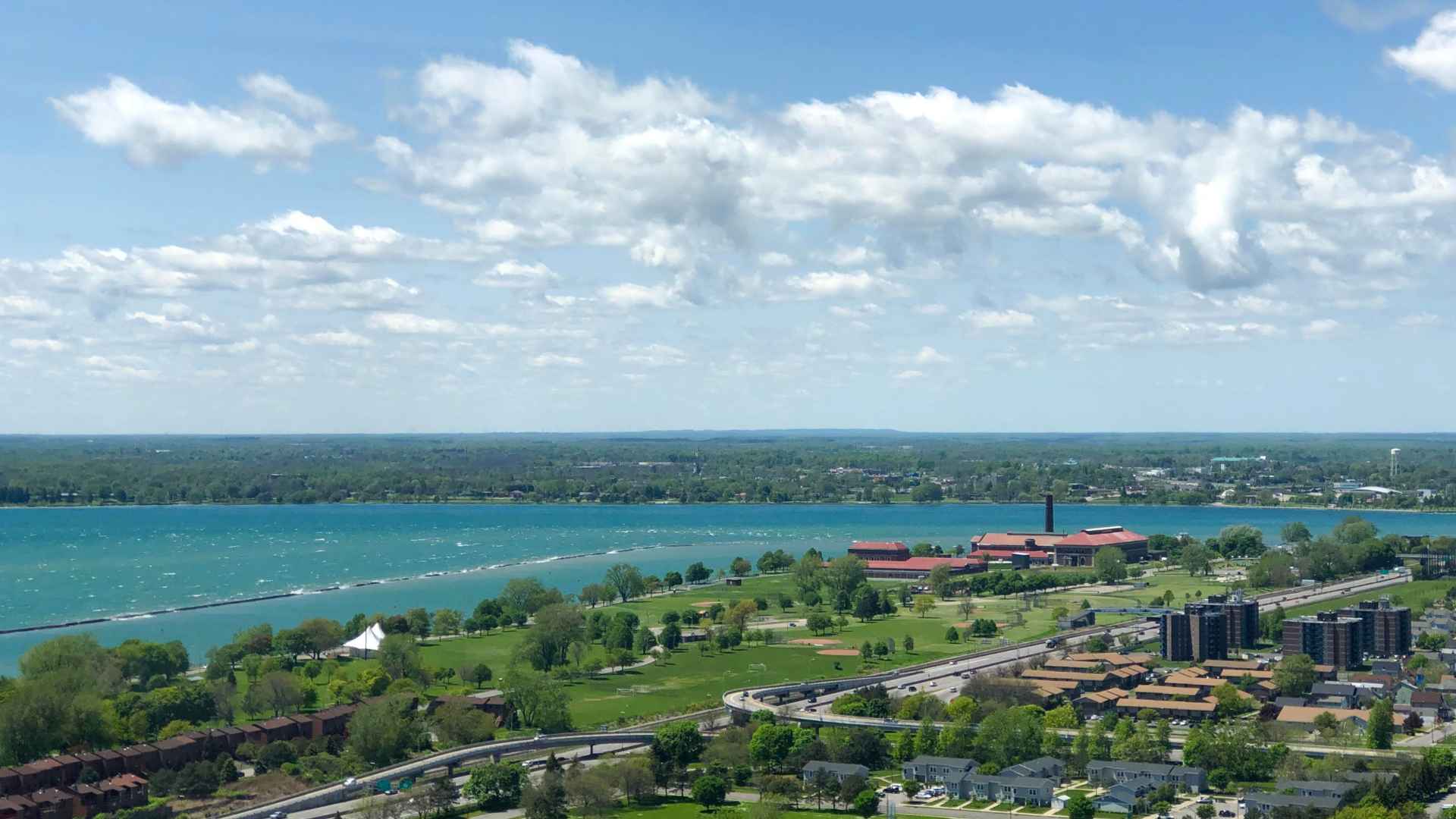
Seiche is a fascinating phenomenon that influences wave behavior and can contribute to the rough sailing conditions on Lake Erie.
Let’s explore its definition, the unique characteristics of Lake Erie, and its impact on wave activity:
Seiche Definition:
Seiche refers to a standing wave oscillation that occurs in an enclosed or partially enclosed body of water, such as a lake or a bay. It is caused by the interaction of various factors, including wind, atmospheric pressure changes, and the shape of the body of water.
Unique Shape and Configuration of Lake Erie:
Lake Erie’s elongated shape and relatively shallow depth make it particularly susceptible to seiches. The lake is positioned with a shallow western basin and a deeper eastern basin. When weather conditions, such as strong winds or atmospheric pressure changes, align with the shape of the lake, they can set up oscillations within the lake.
Impact on Wave Behavior:
Seiches influence wave behavior by creating standing waves that can amplify the wave activity on the lake. As the oscillation occurs, it can interact with the prevailing wind-induced waves, resulting in heightened wave activity. This interaction can lead to irregular wave patterns, increased wave heights, and intensified rough conditions for sailors on Lake Erie.
Seiches can be unpredictable and occur with varying intensity and duration. They can create additional challenges for sailors as they navigate the lake’s waters. Sailors should be aware of the potential for seiche activity and understand that wave conditions can change rapidly due to their influence.
It’s important for sailors on Lake Erie to stay informed about weather conditions and be prepared for the possibility of seiche-related wave behavior. Monitoring weather forecasts, maintaining situational awareness, and being prepared to adapt plans accordingly will help ensure a safe and enjoyable sailing experience on Lake Erie.
In the next section, we will explore how other factors, such as currents, water temperature, and storms, interact with the geography and weather patterns to further impact the rough sailing conditions on Lake Erie.
How the Interaction of Other Factors Can Amplify the Rough Conditions on Lake Erie?
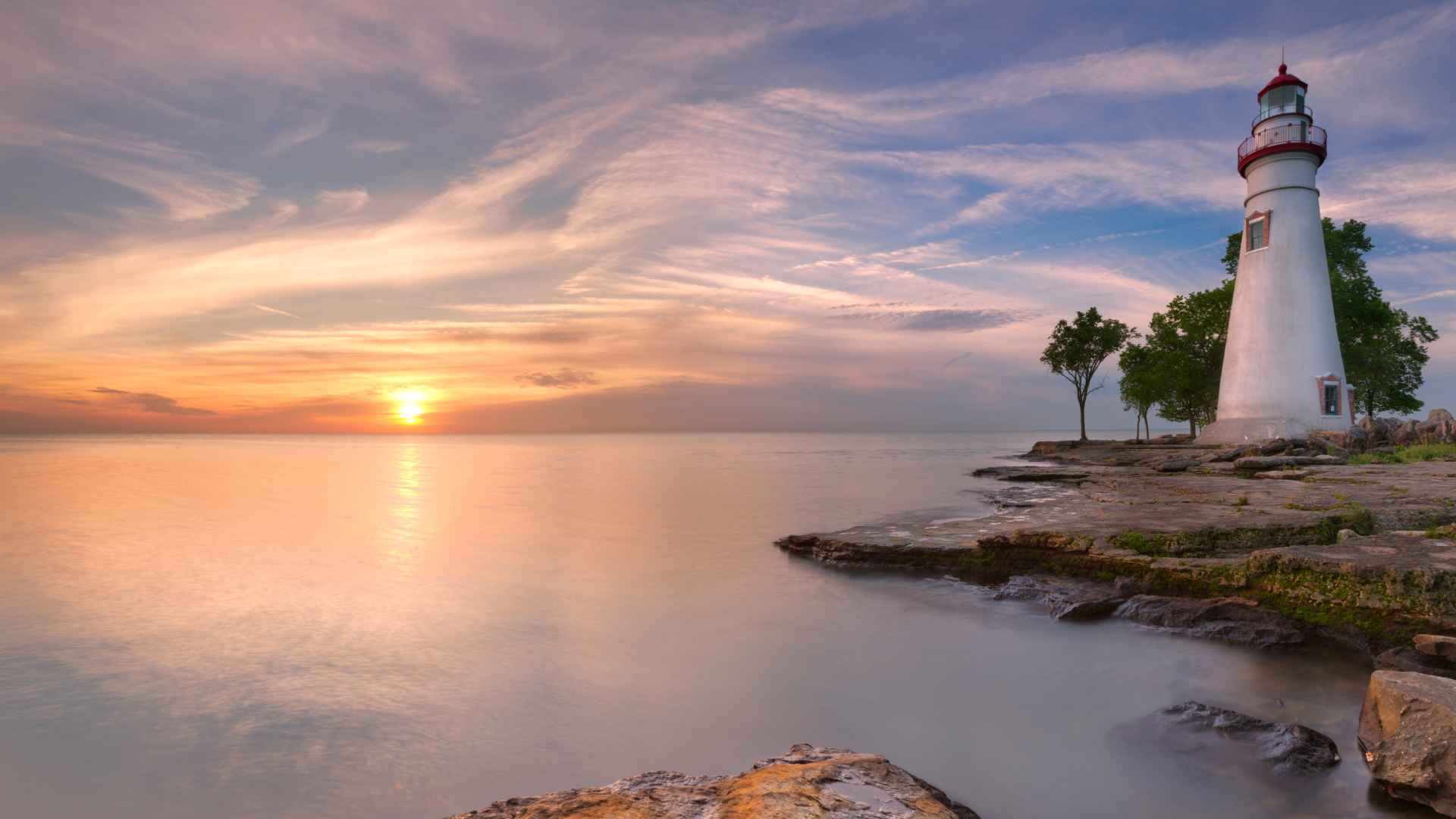
Lake Erie’s rough sailing conditions are not solely influenced by wind, waves, and seiches. Other factors, such as currents, water temperature, and storms, also play a role in amplifying the roughness of the lake. Let’s explore their influence and the need for sailors to be aware and exercise caution:
- Currents: Lake Erie experiences various currents, including tidal currents and residual currents caused by the flow of water from the other Great Lakes. These currents can interact with wind-driven waves, leading to complex wave patterns and potentially rougher sailing conditions. Sailors should be mindful of the current flow and its potential impact on their sailing experience.
- Water Temperature: Lake Erie’s water temperature can affect wave formation and intensity. During temperature differentials, such as when warm air passes over colder water or vice versa, it can lead to atmospheric instabilities and the formation of storms. These storms, in turn, can generate strong winds and create rough wave conditions. Sailors should be aware of the water temperature and monitor weather conditions to anticipate potential storm activity.
- Storms: Lake Erie is no stranger to storms, including thunderstorms and winter storms. These weather events can bring strong winds, intense wave activity, and sudden changes in conditions. The interaction of storms with the lake’s geography and wind patterns can result in heightened wave heights, increased wave frequency, and challenging sailing conditions. Sailors must closely monitor weather forecasts and take necessary precautions when storms are expected.
The interaction of these factors, including currents, water temperature, and storms, with Lake Erie’s geography and prevailing wind patterns can amplify the rough sailing conditions on the lake. Sailors should remain vigilant, seek updated weather information, and exercise caution while on the water. Being prepared, maintaining situational awareness, and having appropriate safety gear are essential for a safe and enjoyable sailing experience on Lake Erie.
Lake Erie’s rough sailing conditions are influenced by a combination of factors, including wind and wave dynamics, the seiche phenomenon, currents, water temperature, and storms. Understanding how these factors interact and impact the lake’s sailing conditions is crucial for sailors. By being aware, prepared, and adaptable to changing conditions, sailors can navigate Lake Erie’s waters with confidence, ensuring a safe and rewarding sailing experience.
Sailing Strategies and Safety Measures to Know When Sailing at Lake Erie
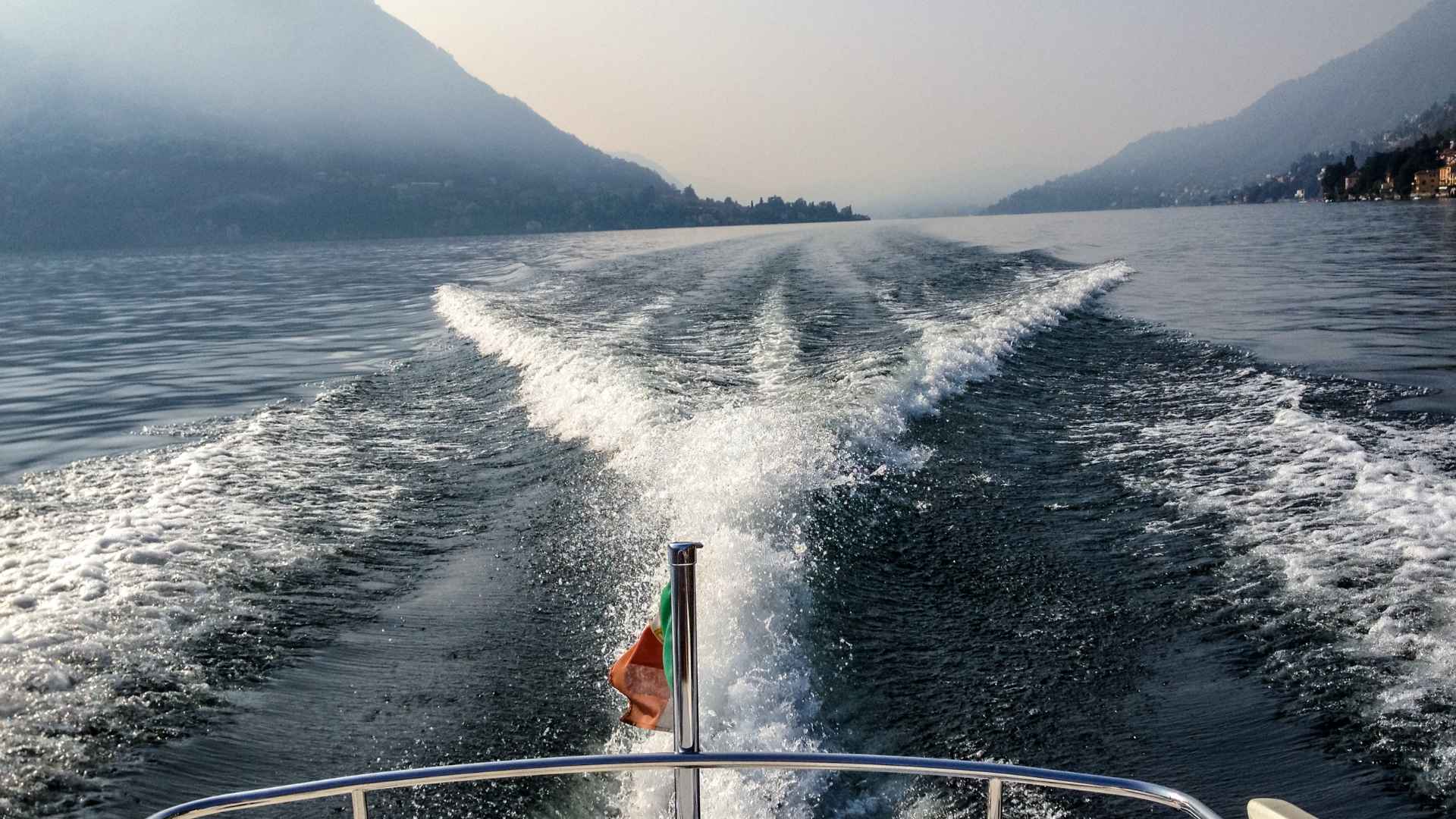
Sailing on Lake Erie requires careful planning, preparedness, and adherence to safety measures, especially considering the rough conditions that can arise.
Here are some tips and strategies to enhance safety and enjoyment while sailing on Lake Erie:
- Monitor Weather Forecasts: Keep a close eye on weather forecasts before heading out on the water. Check for updates on wind speed and direction, storm activity, and any advisories or warnings issued for the area. Be prepared to modify or postpone your sailing plans if adverse weather conditions are predicted.
- Be Prepared for Sudden Changes: Lake Erie’s weather can change rapidly. Be mentally and physically prepared for sudden shifts in wind patterns, increases in wave activity, or the onset of storms. Stay vigilant and adaptable, and have contingency plans in place for seeking shelter or altering your course if conditions deteriorate.
- Wear Appropriate Safety Gear: Always wear personal flotation devices (PFDs) or life jackets while on the water. Ensure that everyone on board has a properly fitted and approved PFD. In rough conditions, consider wearing additional safety gear such as harnesses or tethers to prevent falling overboard. Have throwable flotation devices easily accessible in case of emergencies.
- Maintain Proper Boat Handling Techniques: Practice good boat handling techniques to maintain control and stability in rough conditions. Secure loose gear and equipment on board. Adjust sail trim and reef sails as necessary to reduce the risk of capsizing or overpowering. Maintain a proper balance between sail area and boat speed to ensure safe maneuverability.
- Develop Seamanship Skills: Enhance your seamanship skills to confidently handle challenging sailing conditions. Take sailing courses or participate in training programs to improve your knowledge of boat handling, navigation, and safety procedures. Learn and practice techniques for heavy weather sailing, including reefing, heaving-to, and steering in big waves.
- Communicate and Inform Others: Let someone know about your sailing plans, including your intended route, estimated time of return, and contact information. Maintain communication devices on board, such as a marine VHF radio or a reliable mobile phone, to stay connected with the shore and other boaters in case of emergencies.
- Stay Alert and Maintain Situational Awareness: Be alert and attentive while on the water. Keep a lookout for other boats, navigational hazards, and changing conditions. Maintain situational awareness by regularly scanning the surroundings, monitoring instruments, and checking for updates on weather conditions.
Remember, safety should always be the top priority while sailing on Lake Erie. By following these strategies and safety measures, you can mitigate risks, enhance your preparedness, and ensure a safer and more enjoyable sailing experience on Lake Erie.
Closing: Sailing on Lake Erie offers rewarding challenges and breathtaking experiences. By staying informed, prepared, and attentive to safety measures, you can navigate the rough conditions with confidence. Prioritize your safety and that of your crew, and remember to enjoy the beauty and thrill of sailing on Lake Erie responsibly.
Watch Why is Lake Erie so rough to sail | Video
Why is Lake Erie known for rough sailing conditions?
Lake Erie is known for rough sailing conditions due to its shallow depth, exposure to prevailing winds, potential for seiche activity, interaction with currents, and susceptibility to sudden weather changes. These factors combine to create choppy waters and significant wave activity.
How does the shallow depth of Lake Erie contribute to rough sailing?
Lake Erie’s shallow depth allows waves to build up quickly and creates shorter wave periods and steeper wave heights. This results in choppier conditions, making it more challenging for sailors to navigate the lake.
What is a seiche, and how does it impact sailing conditions on Lake Erie?
A seiche is a standing wave oscillation that occurs in enclosed or partially enclosed bodies of water. Lake Erie’s unique shape and configuration make it susceptible to seiches. Seiches can interact with wind-induced waves, amplifying wave activity and intensifying rough sailing conditions.
Do weather changes affect the roughness of Lake Erie while sailing?
Yes, Lake Erie is prone to sudden weather changes, including the onset of storms, which can generate strong winds and increase wave activity. Sailors should monitor weather forecasts, be prepared for changes, and exercise caution when sailing on the lake.
Are there specific safety measures to consider when sailing on Lake Erie?
When sailing on Lake Erie, it is essential to wear appropriate safety gear, such as personal flotation devices (PFDs). Maintaining proper boat handling techniques, monitoring weather conditions, and practicing good seamanship skills are also crucial. Staying alert, communicating sailing plans, and maintaining situational awareness are key for a safe and enjoyable sailing experience on Lake Erie.
Conclusion
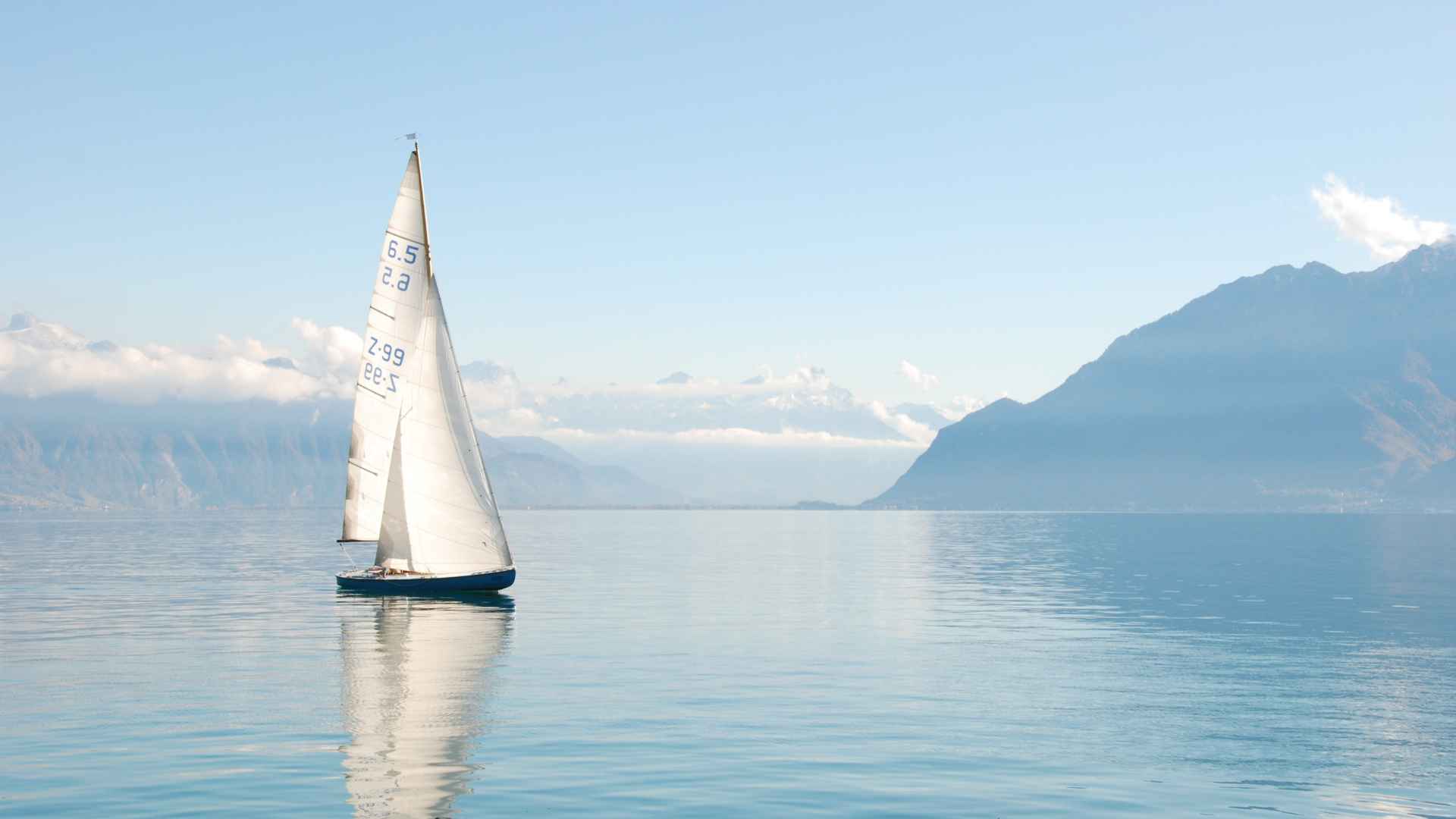
In conclusion, Lake Erie’s reputation for rough sailing conditions stems from a combination of factors. Its shallow depth, smaller size, and exposure to prevailing winds contribute to the formation of significant waves that challenge sailors on the lake. The seiche phenomenon and the interaction with other factors like currents, water temperature, and storms further amplify the rough conditions.
Despite these challenges, sailing on Lake Erie offers unique experiences and opportunities for adventure. By understanding and respecting the lake’s characteristics, sailors can navigate its waters with confidence. Prioritizing safety and preparedness, such as monitoring weather forecasts, wearing appropriate safety gear, and practicing good boat handling techniques, is crucial.
While Lake Erie’s rough reputation may seem intimidating, it is also a testament to its allure and beauty. The lake’s expansive waters, stunning vistas, and vibrant boating community create an atmosphere of excitement and exploration. By embracing the adventure, respecting the elements, and adhering to safety guidelines, sailors can fully appreciate the magic of sailing on Lake Erie.
So, set your course, hoist your sails, and embark on a remarkable journey on Lake Erie. Embrace the challenges, seize the opportunities, and create unforgettable memories amidst the captivating waters of this remarkable sailing destination.
Share Why Is Lake Erie So Rough to Sail: Exploring the Factors with your friends and Leave a comment below with your thoughts.
Read How Does Electricity Work on Boats? – Marine Power Guide until we meet in the next article.
